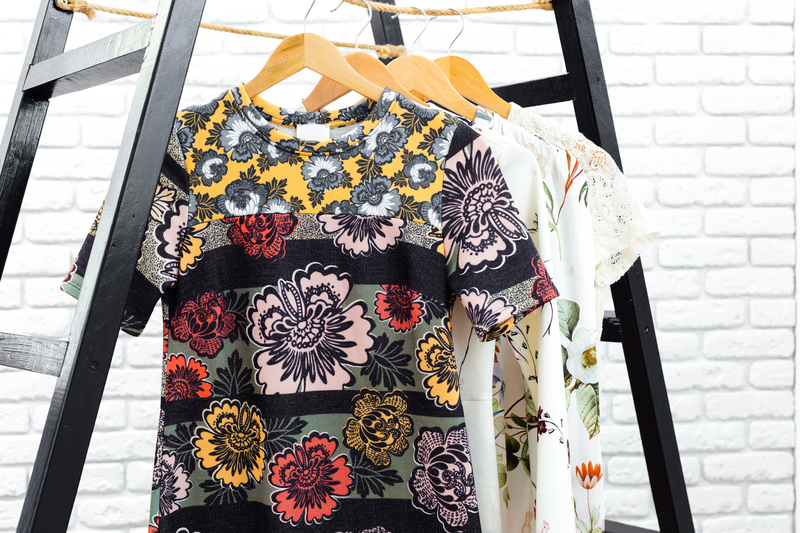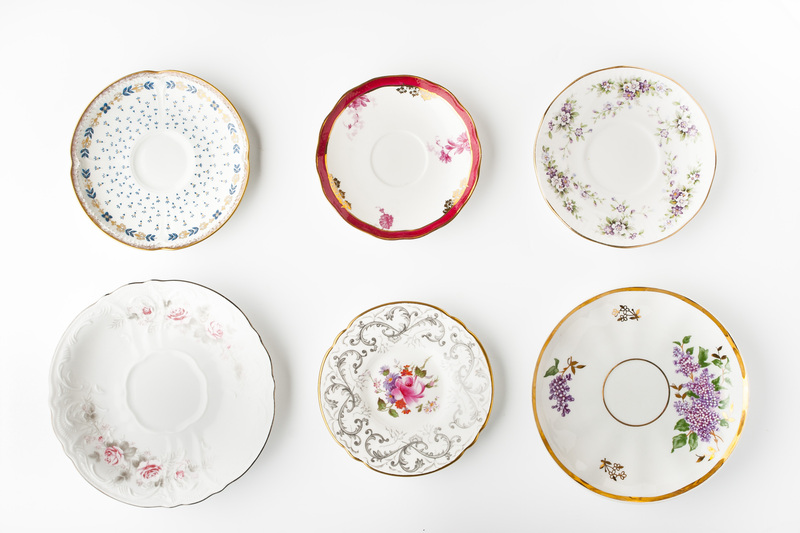Sustainable Solutions for Retiring Old Pots and Pans
Introduction
Retiring old pots and pans isn't as simple as tossing them in the trash. The environmental impact of discarded cookware can be significant, especially as materials like nonstick coatings and metals don't decompose easily. Thankfully, sustainable solutions for old pots and pans are more accessible than ever before. In this comprehensive article, we'll explore a range of eco-friendly options and provide clear guidance on how to give your cookware a second life - or dispose of it responsibly.

Why Sustainable Cookware Retirement Matters
Most kitchenware is made from metals like stainless steel, aluminum, or copper, often clad with nonstick coatings or plastic parts that complicate disposal. When you retire old pots and pans in a landfill, you contribute to environmental pollution and resource waste. Recycling and reusing saves materials, reduces waste, and supports a circular economy.
Key reasons to prioritize sustainability when retiring cookware:
- Reduces landfill waste and consequent pollution
- Recovers valuable metals that can be reused in new products
- Minimizes the release of toxic chemicals from coatings and plastics
- Encourages creative upcycling and community engagement
How to Assess if Your Cookware Needs Retirement
Not all old pots and pans need to be thrown out. Some may simply require a thorough cleaning, re-seasoning, or minor repairs. Before deciding, consider these points:
- Cracked, warped, or deeply damaged cookware often can't be repaired reliably.
- Peeling nonstick coatings may release toxins and should not be used for food.
- Loose handles or missing parts compromise safety.
- Rust can sometimes be removed; evaluate the extent before discarding.
If your piece still has some life, consider donating or repurposing it before recycling or disposal.
Recycling Old Pots and Pans Responsibly
Finding Local Recycling Centers
Most metal cookware is recyclable, but policies vary by location. Here are some tips:
- Contact your local recycling facility or waste management authority to check their guidelines for cookware.
- Separate non-metal parts (plastic handles, screws, rubber grips) if possible.
- Remove lids and recycle them separately if applicable.
- For pans with nonstick coatings, check if your center accepts them or has special processes. Some nonstick finishes may be classified as hazardous waste.
Scrap Metal Dealers
If your municipal recycling won't accept cookware, scrap metal yards are an excellent alternative. They often take:
- Stainless steel pans
- Cast iron cookware
- Pure aluminum pots and pans
- Copper bottom pans
Just be sure to confirm what metals they accept and whether you need to strip off non-metal components before dropping them off.
Upcycling: Creative Ways to Repurpose Old Cookware
Before you let go, upcycling pots and pans into functional or decorative items is among the most sustainable options. Here are creative solutions:
Garden Planters
Convert a worn-out pot into a stylish garden planter. Drill drainage holes in the bottom, add soil, and you have a unique container for herbs or flowers.
Wall Art and Decor
- Paint cast iron skillets and hang them as rustic wall art
- Arrange lids as a decorative mosaic in your kitchen or patio
- Turn lid handles into quirky hooks or drawer pulls
Organizers and Storage Solutions
- Use deep pans for desk organizers, holding pens, utensils, or craft supplies
- Old pots make excellent hardware storage bins for garages or sheds
Bird Baths and Feeders
Mount an upcycled frying pan or pot atop a post to create a bird bath or feeder for your garden. Not only is this eco-friendly, but it also attracts local wildlife.
Candle Holders and Light Fixtures
With some basic DIY skills, transform old saute pans or pots into unique candle holders or pendant lights for a rustic ambience.
Donating Used Pots and Pans
Where to Donate
If your pots and pans still function safely, giving them away helps others and extends their usefulness. Consider:
- Charity thrift stores like Goodwill or Salvation Army
- Local shelters and community kitchens
- Non-profit organizations that furnish transitional housing
- Online sharing apps and freecycle communities
Donation Tips
- Ensure cookware is clean and free of hazardous coatings (e.g., flaking nonstick surfaces)
- Include lids and accessories when possible
- Check each organization's specific requirements
Retailer Take-Back and Recycling Programs
Many retailers are stepping up to offer sustainable solutions for retiring old cookware. Programs differ, but some options include:
- Cookware trade-in events: Major retailers like Williams-Sonoma and Sur La Table occasionally host trade-ins, accepting old cookware for responsible recycling.
- Brand-specific recycling: Certain brands, like Calphalon and Le Creuset, may accept their products back for recycling. Check manufacturer websites for details.
Special Considerations by Material
Nonstick Cookware
Most nonstick coatings are made from synthetic substances (such as PTFE) that may not be suitable for standard recycling. Here's what to do:
- Contact your local waste management authority for hazardous waste guidelines
- Some specialty recyclers accept nonstick cookware if coatings are removed
- Try repurposing as indoor plant trays or craft containers if recycling isn't possible
Cast Iron
Cast iron is endlessly recyclable and nearly indestructible. If it's simply rusty or dull, try to re-season it before retiring. If it's truly beyond repair:
- Scrap metal recyclers eagerly accept cast iron
- Upcycle into garden decor or weight doorstops
Copper and Stainless Steel
Copper pots are prized in the scrap market and easy to recycle if not lined with other metals. Stainless steel is also valuable. Make sure to:
- Remove plastic or wooden handles before recycling
- Confirm with the recycling center whether mixed-material pans are accepted
Proper Disposal When No Other Options Exist
Sometimes, a piece just isn't recyclable due to mixed materials or hazardous coatings. If you must dispose:
- Wrap sharp edges in newspaper or cardboard for safety
- Label your garbage bag to alert waste handlers
- Reduce volume by dismantling large items if possible
Tips for Sustainable Cookware Purchases in the Future
The most sustainable solution is prevention: choose quality cookware that lasts. When buying new pots and pans, look for:
- Durable materials like stainless steel, cast iron, or copper
- Repairable or replaceable parts (handles, knobs)
- Brands with recycling programs or lifetime warranties
- Minimal coatings or those labeled PFOA- and PFAS-free
Selecting the right products ensures fewer retirements in the future.

FAQs: Sustainable Retirement of Old Kitchenware
- Can I put old pots and pans in my household recycling bin?
Usually not, as they require different handling than cans or bottles. Check with your local center. - What about cookware with plastic handles?
Remove and dispose of handles as regular trash unless your center instructs otherwise; recycle the metal body. - How can I reuse old pans if I have no crafting skills?
Donate, use as simple storage containers, or post on online giveaway sites. - Are there any retailers that accept cookware by mail?
Check with brands or specialty recyclers - some may offer mail-back programs.
Summary and Final Thoughts
Retiring old pots and pans sustainably is a vital but often overlooked step toward greener living. By considering reuse, donation, upcycling, and proper recycling, every household can keep valuable resources in use and out of landfills. Explore local programs, think creatively, and encourage others to adopt eco-friendly solutions for kitchenware retirement. With just a little effort, your old cookware can continue to serve you, your community, and the planet.
For a future filled with sustainable kitchens, let's make retiring old pots and pans part of the circular economy!
